Growing various plants in a garden can sometimes feel like an impossible task. Are you debating between growing a fig bush and a tree and don't know which option to choose? Is there a difference between a fig tree and a fig bush? We'll answer these questions and more throughout this article.
The main difference between growing a fig tree and a bush is that for a tree, you'll need to train your plant to have one central "trunk."
A fig bush, however, doesn't need much training or shaping, so it's a bit easier to handle. Of course, both will produce figs, so this comes down to how much space/patience you have.
As we start, we will cover all things figs and discuss the differences between growing a tree versus a bush. Whether you want to add to your fig garden or haven't grown this species before, we're here to assist. With that said, let's dive right into this post below!

What Is The Difference Between A Fig Tree And A Fig Bush?
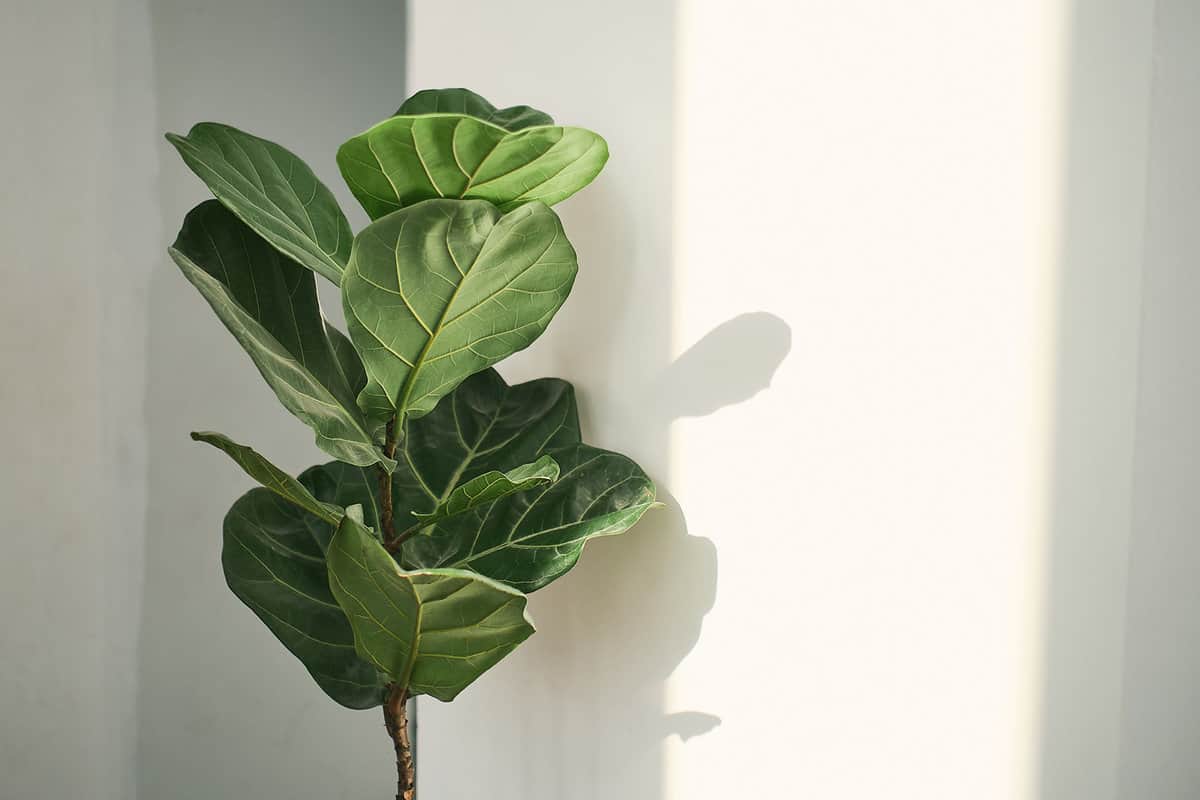
For those wondering what difference a fig tree and a bush have, there aren't many. Considering that a fig tree is simply a trained fig bush, the two are practically the same.
With that said, a fig tree will typically grow taller than a shrub and feature one main trunk. On the other hand, a fig bush will have various points of origin and won't be more than 10-15 feet tall on average.
For a fig tree, size is where the main difference comes into play. For example, many gardeners see their mature fig trees reach heights of 30+ feet, which is impressive.
Again, this will take years of careful training and patience, which not everyone has.
Furthermore, you need to prune a fig tree more often than a bush to maintain its shape/growing pattern, so keep that in mind as well.
Can You Turn A Fig Bush Into A Tree?
Yes! It is possible (and very common) to turn a fig bush into a tree. As we said, you will accomplish this by pruning your bush, so it grows from one central trunk.
In addition, you might want to use a stake so your fig can lean on something for sturdiness. Generally, these plants will grow at a moderate speed, so as long as you give them attention and correct pruning, you'll have a tree in no time!
One of the many benefits of growing this plant species is its hardiness. For example, figs can handle extreme seasonal pruning and bounce back within a month or so.
That said, we don't recommend getting too wild with your shears, so try to focus solely on getting your fig to grow from one central trunk/stem.
How Do You Prune A Fig Bush?
For those wanting to keep their fig smaller, you'll still need to do some light pruning throughout the year. According to experts, it's best to cut back a fig bush in the late fall or winter, as this is when your plant begins to wind down.
For pruning, we recommend cutting back each stem to its base, which will help shape your bush. First, you want to remove any lanky branches/foliage.
Especially if you're using your fig as a hedge or within other landscaping, keeping it in check is essential. Once you shape your fig in the fall or winter, it won't need much trimming for the rest of the year.
Again, you can always grab a pair of shears and do mild shaping whenever you prefer, so this plant doesn't come with many rules.
How Fast Does A Fig Bush Grow?
Generally, you can expect a fig bush (and tree) to grow at a rate of 12 inches annually. Of course, if you use fertilizer on your fig, it's likely to see a few more inches of growth, so that's something to consider.
As we mentioned, figs are moderately fast growers, so you don't usually need to mess with them. Especially if you're training your fig to stay a particular shape or size, adding fertilizer can make your job even more difficult.
Therefore, you don't want to fertilize younger figs, as they'll be harder to manage. Instead, try waiting until about a year passes, and your plant has its general shape.
The same goes for a fig tree. If you fertilize too early/often, training your fig to grow from one central trunk will be all the more difficult.
Is It Better To Have A Fig Tree Or Bush?

This can be tricky depending on the amount of space your garden has. First, a fig tree is a larger version of a fig bush. So, if you want a 30+ foot fig, we recommend a tree.
In contrast, if you prefer something smaller and more manicured, a fig bush may be the route to take. Again, everyone is different, so this comes down to preference.
Furthermore, you want to think about the time it will take to train a fig to grow as a tree.
Unfortunately, you can't always find a pre-trained fig tree at the store, so you may need to do this yourself at home. This won't be super challenging, but it will take time and some pruning.
It's also worth mentioning that figs will produce delicious fruit regardless of their size. So, if you have a fig bush, you're not missing out on having figs.
Are Figs Easy To Take Care Of?
Although we wouldn't say growing a fig is hard, it's also not a walk in the park. Besides requiring a bit of shaping early on, these popular plants can also be demanding.
For example, figs need warmth, humidity, a lot of bright, indirect light, and plenty of water. So, if you aren't an attentive plant parent, it's likely your fig bush or tree will start to show signs of stunted growth.
On top of that, figs don't like overwatering either. Even though you might think the extra watering is doing your plant a favor, you could be making it sick.
So, for anyone wanting a fig, make sure to consider these factors beforehand.
Where Is The Best Place To Put A Fig Tree?
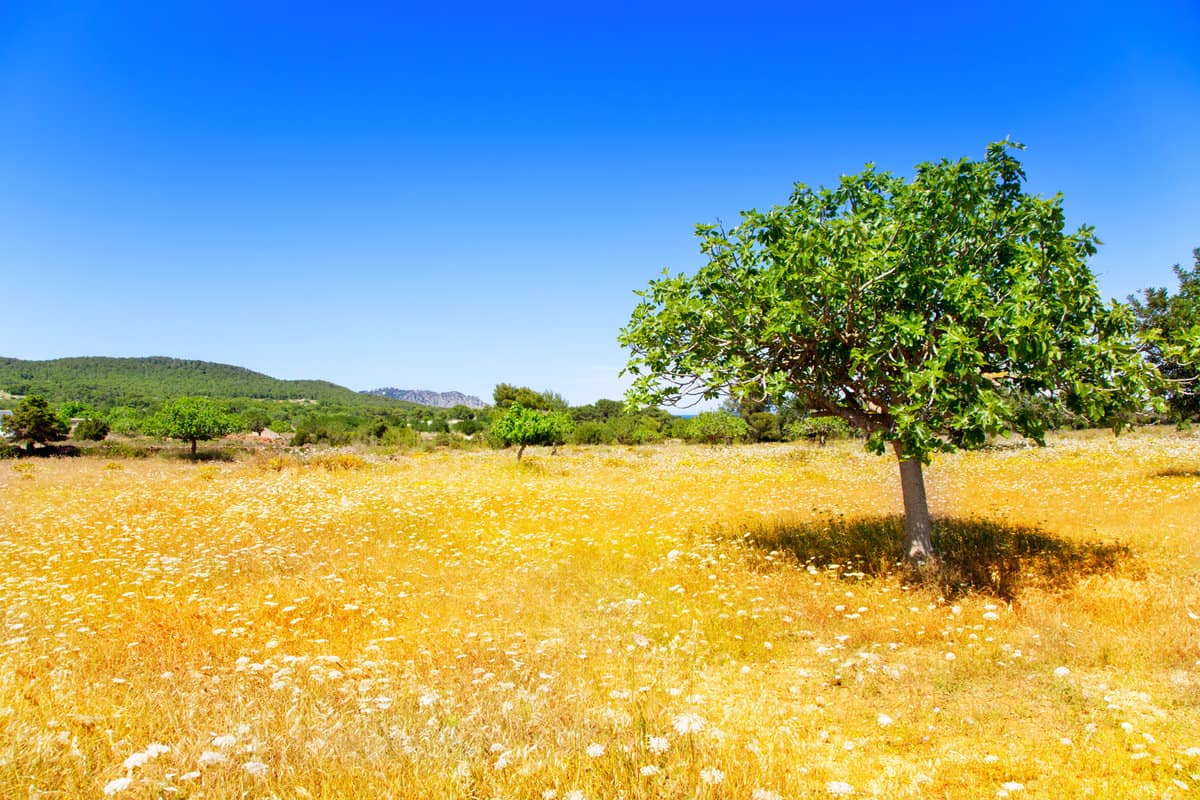
Now that you know the basics, choosing the perfect spot for your fig tree is essential. Generally, you'll want to place a fig tree somewhere with full sun or partial shade if you're in a hotter climate.
Like many fruit trees, your fig will require a bit of warm, direct light to produce healthy blooms. In addition, a fig tree also prefers humid environments, so tropical locations can be the perfect spot.
According to Lawn Starter, a fig tree should get between seven and eight hours of direct sun exposure each day. So, if your garden is shaded or you live somewhere gloomy, your tree may not be as successful.
One interesting fact about fig trees is that they like hotter summer weather. Unlike some plants, your fig won't burn in the sun or undergo a period of shock if the temperatures rise.
However, you might want to consider growing your fig tree somewhere with partial shade if it's incredibly hot throughout the year (Arizona, Nevada, Southern California, etc.)
Specifically, anywhere as warm as USDA zone eight or higher should be ideal for fig tree growing.
Will A Fig Grow In The Shade?
As long as your fig receives a few hours of warm, direct sunlight daily, it should be fine in the shade. As we stated above, figs prefer hotter growing conditions, so too much shade isn't good.
You want to consider the climate you live in. Is it hot and dry, humid and warm, or temperate throughout the year? These factors can all affect how your fig responds to less daily sun.
Considering figs make excellent houseplants, that's not to say one won't thrive in unusual circumstances.
Suppose your garden gets 3-4 hours of direct sun in the morning and then a few spotty hours in the afternoon. If the sun is strong enough, your fig shouldn't be negatively affected by this.
However, if your yard gets minimal sun and doesn't have much moisture in the air, your fig will likely start to show signs of stunted growth.
How Much Room Does A Fig Tree Need?
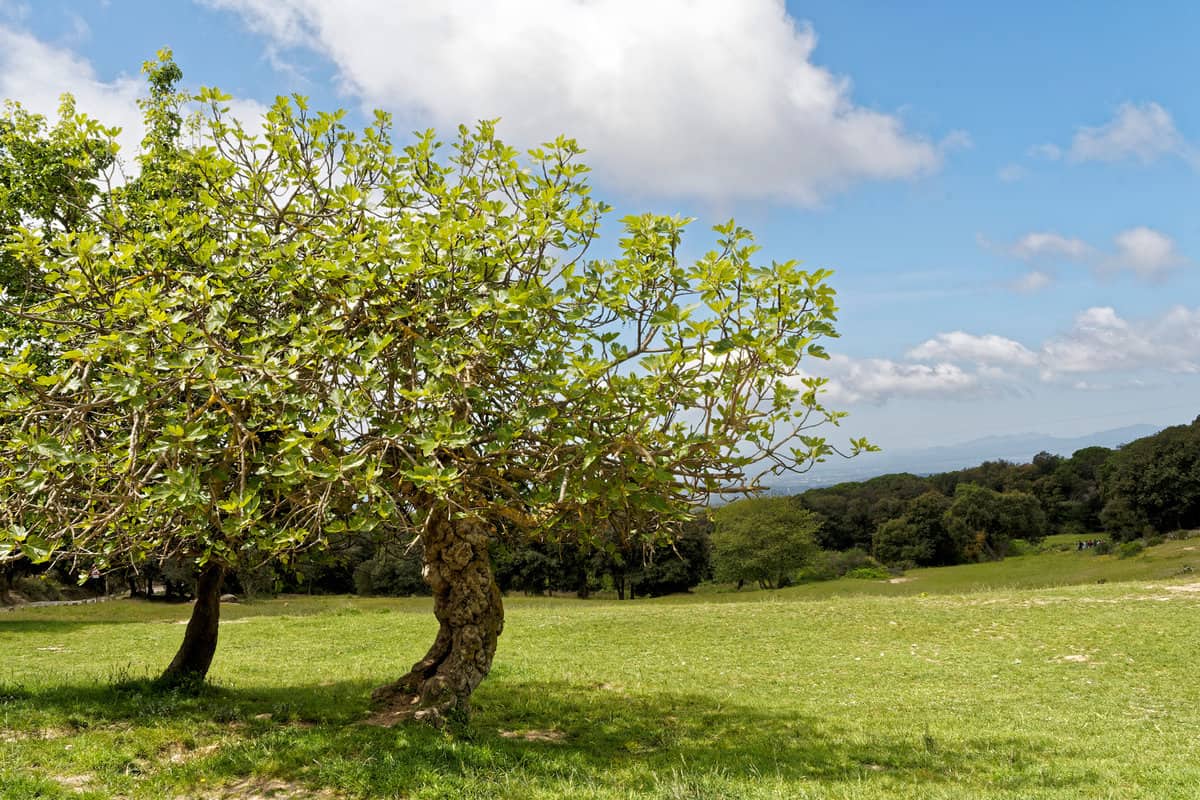
Ideally, you want to give your fig tree between ten and 35 feet of space. Of course, this mainly applies to figs and other nearby trees, as they'll compete for nutrients and water.
You also want to consider how big you'll let your fig get. Do you want a massive tree in your backyard?
Like any tree species, figs will overpower more fragile plants nearby if they need to, so that's a good incentive to let yours have a few feet of its own.
How Far Apart Should I Plant Fig Bushes?
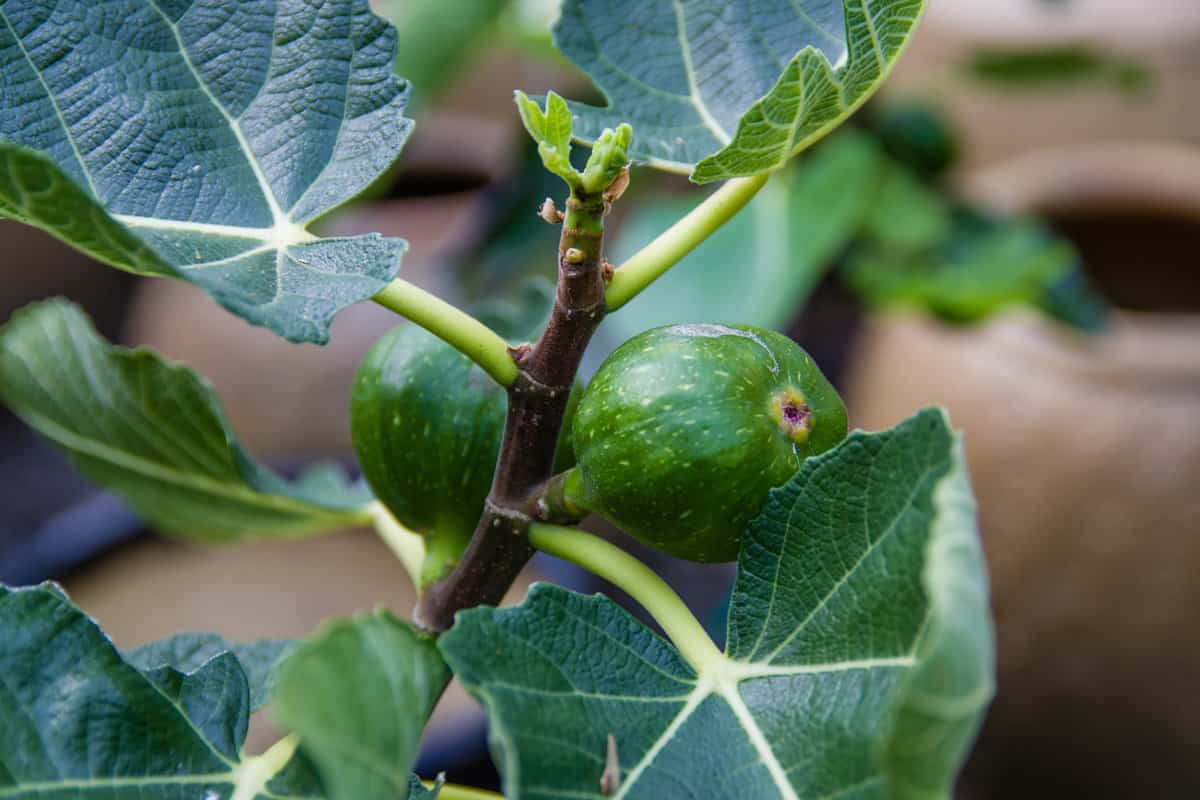
If you want to grow multiple fig bushes alongside each other, try to give each plant 10-15 feet. Like fig trees, you still need to allow your plant to flourish and establish roots within the soil.
That can become difficult if too many figs are in the same location.
To Wrap Things Up
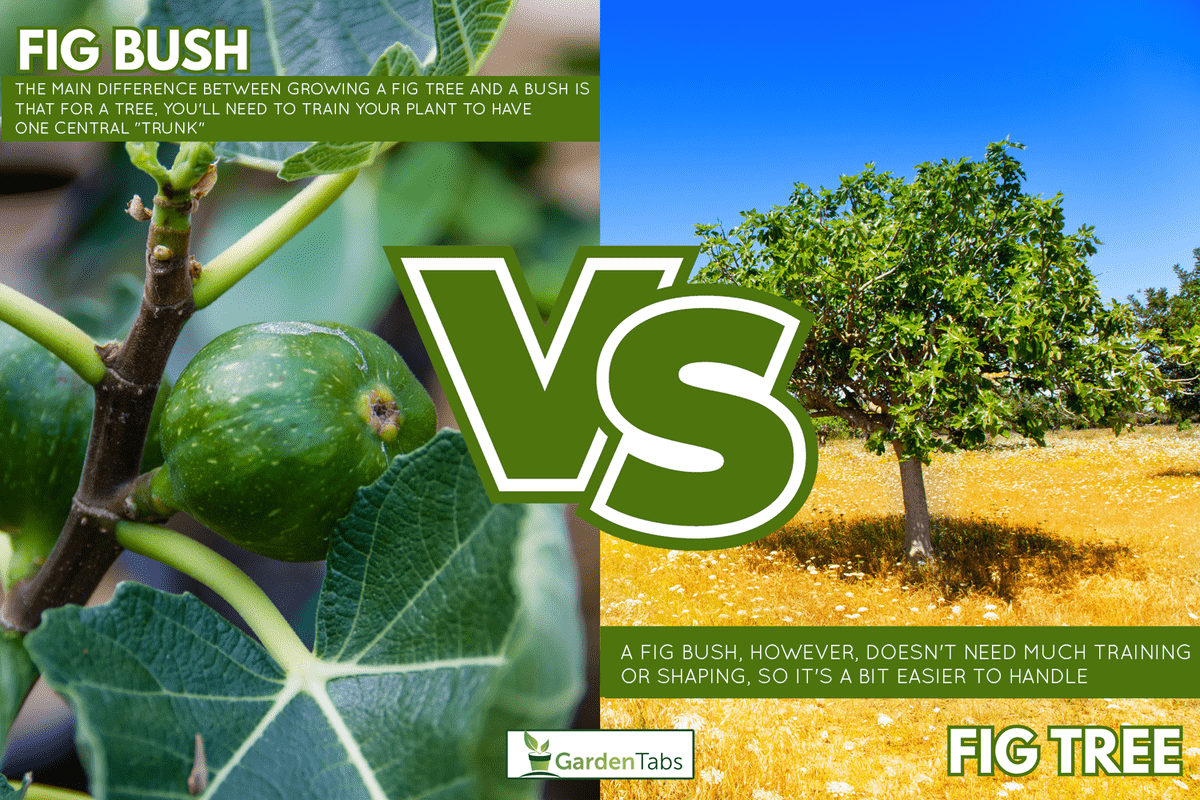
Whether you want to plant a few figs in your yard or have some growing, it's always good to know how to take care of them. We found that fig trees and bushes are essentially the same plants.
The main difference between the two is their mature size and growth pattern. For example, a fig tree sprouts from one central trunk, while a bush has many.
On the other hand, fig trees and bushes require a bit of pruning throughout the year, so you'll need to get your hands dirty.
Made it to the end? Read these other related garden articles below!
Best Soil For Weeping Fig & Recommended Pots And Containers
